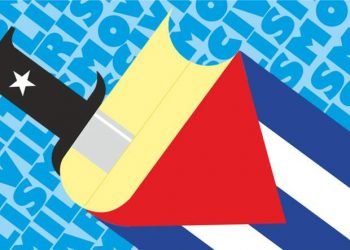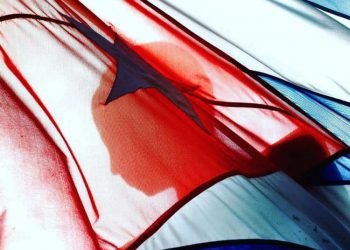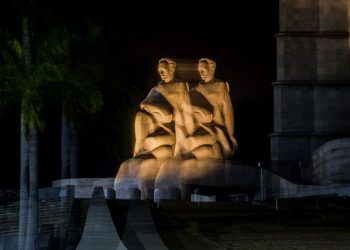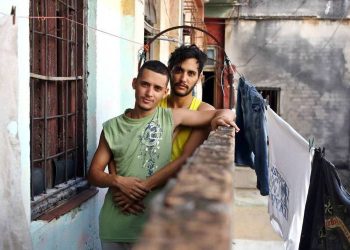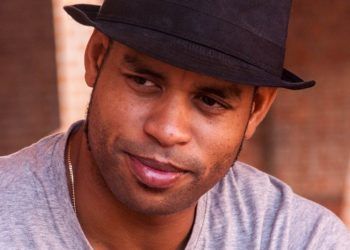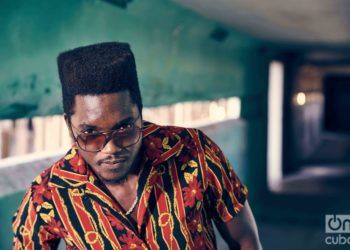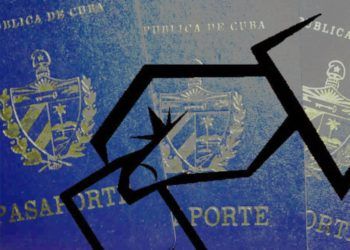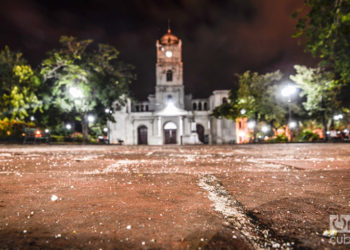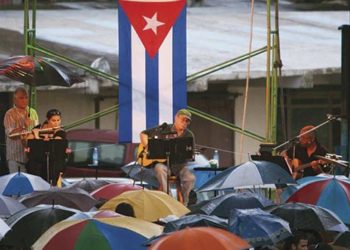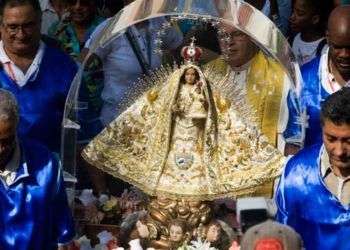The constitutional homeland. Céspedes, Guáimaro and democracy in Cuba
In “Elpidio Valdés se casa” (Elpidio Valdés gets married; Juan Padrón, Tulio Raggi and Mario Rivas, 1991) the mambí Colonel and Captain María Silvia need Prefect González to get married. The act is certified after a chain of adversities has been overcome and a series of legal requirements have been met, just before enemy fire on Tocororo Macho. The depth of the historical research carried out by Juan Padrón (1947-2020) to conceive the series of Elpidio Valdés, an already mythical story of Cuban culture, is extraordinary. This episode recognizes a key to the culture of Cuban independence: the central role granted in it to law and order. https://youtu.be/HimTr5pFhC8 Militarism vs civic-mindedness? Just six months after the start of the 1868 war, amid serious internal conflicts and with the East already facing the brutal Crescent of Valmaseda, the insurgent camp endowed itself in Guáimaro with its first Constitution (April 10, 1869). This text covers a conflict that has been codified as “militarism vs civic-mindedness.” Carlos Manuel de Céspedes’ option in favor of centralized organizational forms for the management of war would represent militarism. The civic would be Ignacio Agramonte’s commitment to the limitation of individual power and in favor of parliamentary...

